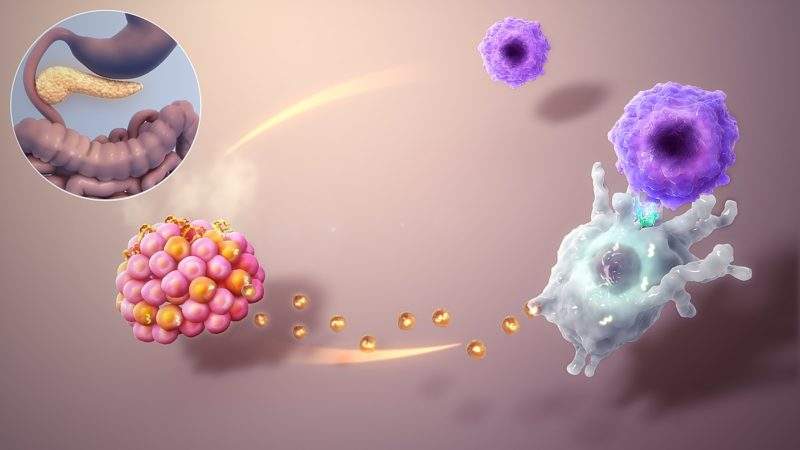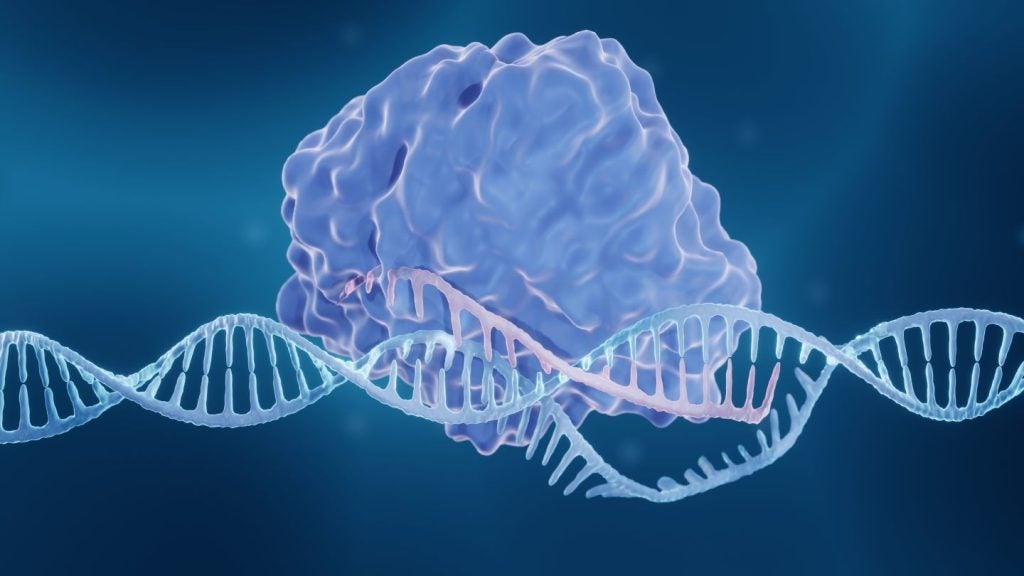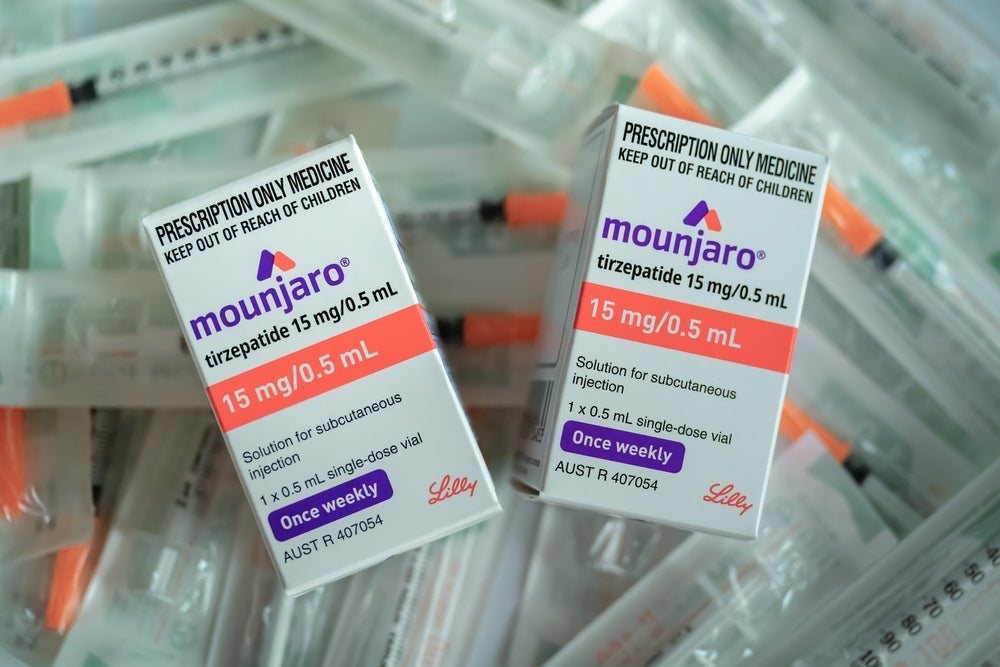Currently, marketed SGLT inhibitors are only indicated for type 2 diabetes (T2D) patients, but both marketed and pipeline varieties are pursuing a type 1 diabetes (T1D) indication.
Specifically, three SGLT inhibitors are in pre-registration towards a T1D indication, they include Sanofi’s/Lexicon’s Zynquista in the US and Europe (sotagliflozin), AstraZeneca’s Forxiga (dapagliflozin) in Europe and Japan, and Astella’s Suglat (ipragliflozin) in Japan. There is also a SGLT inhibitor in Phase III clinical trials, Boehringer Ingelheim/Eli Lilly’s Jardiance (empagliflozin).
The majority of SGLT inhibitors, including Jardiance, primarily inhibit SGLT-2, while Zynquista’s mechanism of action targets both SGLT-1 and SGLT-2. At the 54th EASD annual meeting in Berlin, promising results were announced from the Phase III trials, EASE-2 and EASE-3 programs, in which T1D patients treated with Jardiance saw improved glycemic control and induced weight loss without an increase in hypoglycemic events. As such, it is expected that Jardiance will be submitted for regulatory approval, joining the wave of SGLT inhibitors looking to capture a T1D indication.
The EASE-2 and EASE-3 programmes were randomised, double-blind, placebo-controlled Phase III trials which spanned 310 sites in 28 countries. EASE-2 evaluated the efficacy, time in range (gold-standard measurement when assessing glycemic control), and safety of Jardiance as an adjunctive therapy to intensified insulin, which was given at 10mg or 25mg doses, while EASE-3 had an additional dose of 2.5mg investigated. It is important to note that the occurrence and severity of diabetic ketoacidosis (DKA) and severe hypoglycemia were also investigated in the trials. T1D patients experienced similar effects from Jardiance treatment in both programmes; most notably they saw a decrease in several parameters, including HbA1c, body weight, and systolic blood pressure.
Patients also saw an increase in glucose time in range, as well as a decrease in required insulin dose. In terms of safety, Jardiance treatment displayed a similar profile as seen in T2D, and did not increase the rate of investigator-reported or patient-reported hypoglycemia events (including severe hypoglycemia). However, it was observed from EASE-2 that there was a statistically significant increase in the rate of DKA in 10mg and 25mg treated patients; whereas the rate of DKA in 2.5mg treated patients was similar to the placebo rate seen in EASE-3.
Despite SGLT inhibitors being unable to replace insulin therapy in T1D patients, the incorporation of this drug class would potentially allow patients to gain better glycemic control, as only a very small percentage of the population achieves target HbA1c levels. In addition, the drug class would confer weight loss, blood pressure reduction, and the possibility of lowering daily insulin dosages.
How well do you really know your competitors?
Access the most comprehensive Company Profiles on the market, powered by GlobalData. Save hours of research. Gain competitive edge.

Thank you!
Your download email will arrive shortly
Not ready to buy yet? Download a free sample
We are confident about the unique quality of our Company Profiles. However, we want you to make the most beneficial decision for your business, so we offer a free sample that you can download by submitting the below form
By GlobalDataThis would translate into a significant market advantage for SGLT inhibitor developers, as their products would be the first oral antidiabetic medications used in combination with insulin in patients diagnosed with T1D. Despite the efficacy of this class, the conference session raised the issue of the risks associated with SGLT inhibitor treatment, especially DKA. Speakers suggested that in order to minimize DKA risk, a lower dose would be optimal in treating T1D patients, 2.5mg in the case of Jardiance. Overall, in terms of translating evidence to practice, speakers emphasised the positive potential of Jardiance in the T1D setting, but urged the need to need to identify patients (e.g. through biomarkers), who are at increased risk for developing DKA.









Related Company Profiles
AstraZeneca Plc